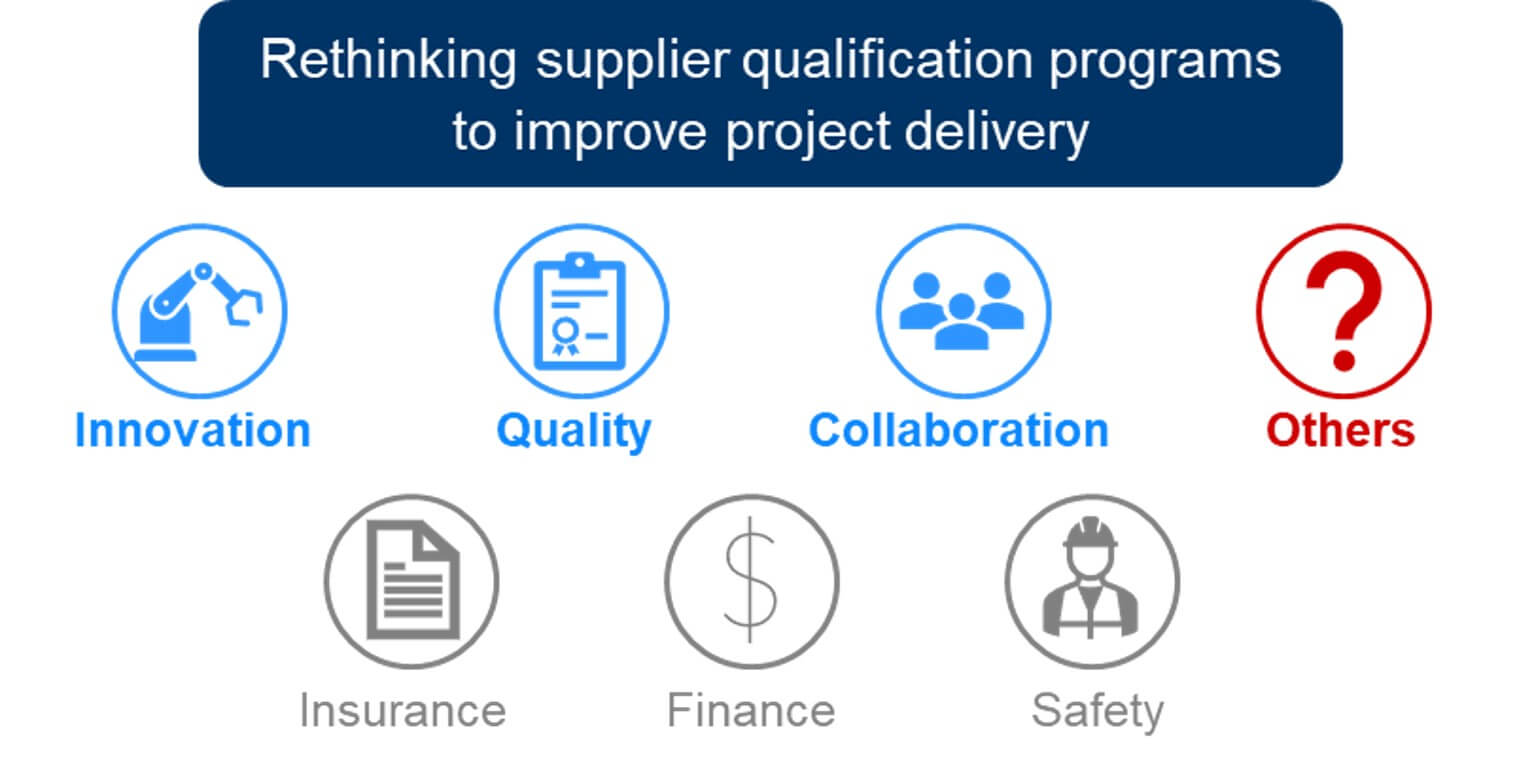CII Best Practices Handbook Goes To Press
As the CII Best Practices Handbook goes to press, CII’s research on industry processes and methods has generated 17 best practices, many of which have been adopted by the industry at large:
Advanced Work Packaging
Alignment
Benchmarking and Metrics
Change Management
Constructability
Disputes Prevention and Resolution
Front End Planning
Implementation of CII Research
Lessons Learned
Materials Management
Partnering
Planning for Modularization
Planning for Startup
Project Risk Assessment
Quality Management
Team Building
Zero Accident Techniques
To qualify as a CII Best Practice, a practice must be sufficiently proven through extensive industry use and/or validation.
Best practices improve performance not only in terms of cost, schedule, and safety, but they also increase the consistency and predictability of project performance. By improving the consistency of project delivery, a company will have a better chance of improving project performance over the long term. This combined benefit of best practice use will likely give companies a distinct competitive advantage.
Since the previous CII Best Practices report was published, CII launched the 10-10 Program, a Performance Assessment effort designed to assess, in each project phase, the organizational issues that affect project performance, as well as the outcomes of each project phase. The data from the 10-10 Program served as the basis for the 2016 CII Value of Best Practices Report, which provided insights into which practices could provide more benefit if they were better implemented by CII members, and which practices already have high scores and are providing benefits in terms of project phase outcomes. Visualizing these differences and assessing the impacts of each practice provide an opportunity to better guide CII members through the project life cycle, and other insights in the best timing for implementing practices.
Get the competitive advantage derived from implementation of these best practices!
Advanced Work Packaging
Alignment
Benchmarking and Metrics
Change Management
Constructability
Disputes Prevention and Resolution
Front End Planning
Implementation of CII Research
Lessons Learned
Materials Management
Partnering
Planning for Modularization
Planning for Startup
Project Risk Assessment
Quality Management
Team Building
Zero Accident Techniques
To qualify as a CII Best Practice, a practice must be sufficiently proven through extensive industry use and/or validation.
Best practices improve performance not only in terms of cost, schedule, and safety, but they also increase the consistency and predictability of project performance. By improving the consistency of project delivery, a company will have a better chance of improving project performance over the long term. This combined benefit of best practice use will likely give companies a distinct competitive advantage.
Since the previous CII Best Practices report was published, CII launched the 10-10 Program, a Performance Assessment effort designed to assess, in each project phase, the organizational issues that affect project performance, as well as the outcomes of each project phase. The data from the 10-10 Program served as the basis for the 2016 CII Value of Best Practices Report, which provided insights into which practices could provide more benefit if they were better implemented by CII members, and which practices already have high scores and are providing benefits in terms of project phase outcomes. Visualizing these differences and assessing the impacts of each practice provide an opportunity to better guide CII members through the project life cycle, and other insights in the best timing for implementing practices.
Get the competitive advantage derived from implementation of these best practices!




.jpg?width=1534&height=766&ext=.jpg)